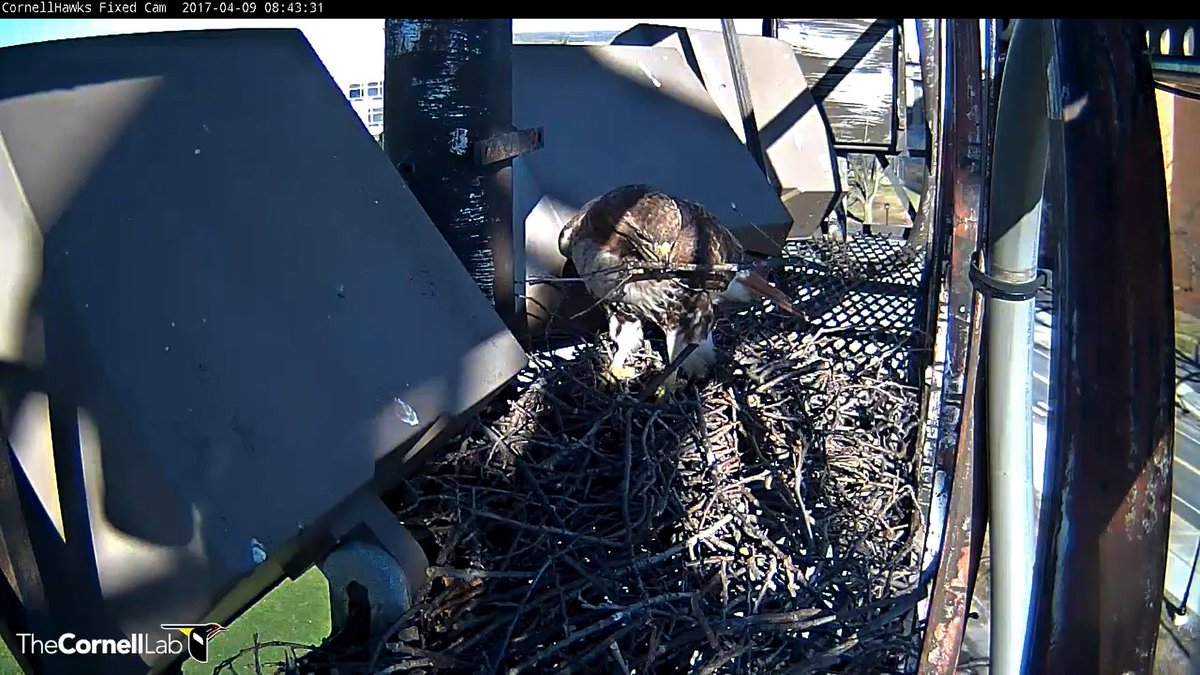Oh how I love snow. There's just nothing better than wandering through feet of snow as dendrites the size of half dollars pour out of the sky. Well that didn't quite happen but it came close. Anyways it's kind of hard to play in the snow if you can't walk and you can't see. I learned that in the
2010 snowstorms back in DC.
After classes were cancelled (of course after all my classes had let out already), I went sledding with friends and romping through the forest. From the hills beyond North Campus, I watched Cornell disappear into a shroud of snow.
 |
| Cornell's campus is somewhere back there I swear |
At one point, night fell and since Wednesday had not been cancelled yet, went back to do work. Later that night, I got bored of work and decided to go for a walk in the blustery winter wonderland. Needless to say, trudging through 2-3ft snowdrifts was not easy. And to think that 2 weeks ago it had been pushing 70. Some of the early spring ephemerals had come out, especially in warmer microclimates around buildings. These were now buried under a protecting layer of snow. It's actually better than an exposed freeze. I've had plants freeze down to the snowline instead of the ground because snow is so insulating. That's why igloos work. Snow is great
 |
| You don't say... |
Wind is the sculptor of snow. It brings the snow to life, swirling and drifting to form exquisite shapes. This is, however, not without the help of objects around it. Trees seem to sink into the ground and ripples flow across the paths.
 |
| Maybe it would be easier to just sled... |

The solid barriers of buildings often create turbulence of on the lee
side, scouring and depositing snow, creating unique twisted snowdrifts. This is why permeable windbreaks like trees work far better than walls. They slow the wind instead of deflect it. The drifts below were particularly eye-catching because they were. backlit by lights on the stairs between Roberts and Kennedy Hall.


Just above the stairs, the wind tunnel created by the buildings stripped all the snow away. Likewise, in exposed areas, the powdery was often stripped down to a couple of inches by the winds, even to bare ground at times. Cornell also kept the roads surprisingly open, probably with a ton of salt, which is an ecological issue in of itself. If only they could keep the sidewalks open too.
 |
| Central Campus at 1:30AM |
The real reason I cam out was because I had spotted a lake effect band forming over Cayuga Lake and it meant business when it finally arrived. It was also almost 2:00AM and there were still people sledding down Libe slope, seemingly into a cloud of snowflakes. I presume this is why travel bans are a thing. It was really hard to see anything and it was cold so I went back...
 |
| Where's West? |
 |
| Morrill Hall |
In terms of snowfall, the blowing and drifting in addition to the localized nature of the snow bands made it hard to determine the snowfall amounts. An NWS employee measured 17.4" 1 mile NE of Ithaca, which would place it near Cornell's campus. Downtown Ithaca reported 14.7". Both reports were as the storm was winding down, but not yet completely over. Binghamton reported 31" of snow, breaking their all time storm total from the blizzard of 1993.First verified Winter Storm Warning since 2015. Let's see how the
snowmelt goes in the March sun. With the big storms, warmups tend to come quickly after
the storm. Overall, it was a pretty exciting storm. A big one for upstate NY definitely. But frankly, I do not expect that anything will beat the back to back blizzards in DC anytime soon in terms of raw power. I'd bet that those would also shut Cornell down for a week too.



















































